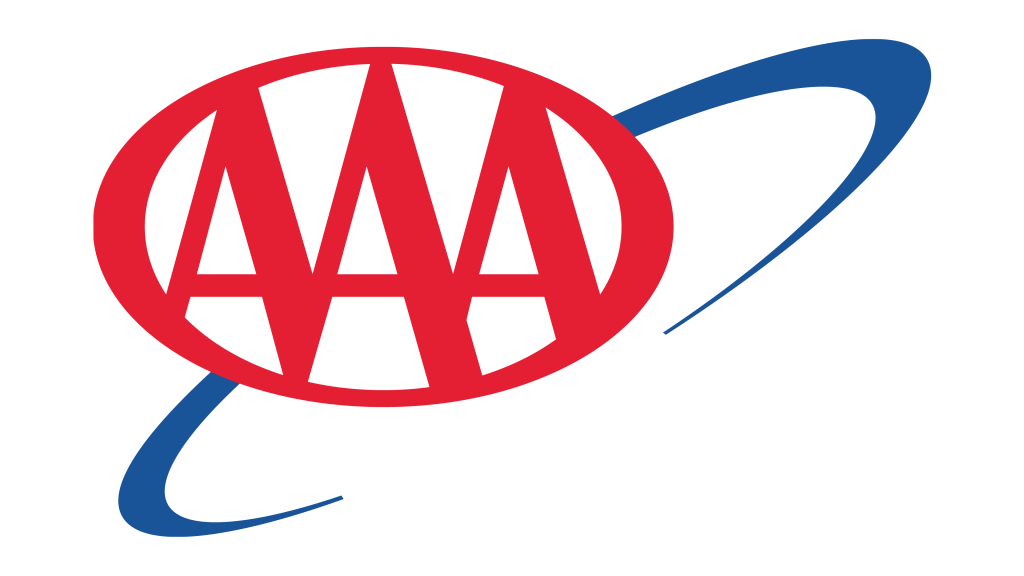That includes checking tires, batteries, etc.

Baltimore, Md (KM) If you’re traveling for the Thanksgiving Holiday Weekend, there’s one way to make sure your vehicle is “road ready.” “It’s all about the basics,” says Ben Perricone, AAA Mid-Atlantic’s Approved Auto Repair Territory Manager. “We want to make sure our tires, our brakes, our lights, our windshield wipers—all those things that we use all the time–that they’re all in tip top shape.”
Regarding ties, they need to be properly inflated. “That will make sure the vehicle gets maximum fuel mileage which is very important; and that the car handles correctly. The tires are not over-inflated or under-inflated because that will impact the life of those tires,” says Perricone.
Other safety tips, according to AAA, include checking your battery, especially if your vehicle is slow to start, or your lights are dim. That could mean the battery is nearing the end of its useful. A car’s battery should be replaced every three to five years.
Perricone says another safety tip is checking your vehicle’s fluids, and topping them off if necessary. One of them is windshield washer fluid. He says don’t dilute it with water because it could freeze in cold weather. “If the windshield washer fluid freezes, it could crack the plastic jug that holds it. In many cars now-a-days, that can be an expensive repair because that bottle is buried in the front corner of the car, and you got to disassemble a ton of stuff to get to it,” says Parericone.
Another tip is making sure the windshield wipers are in good shape. “Quick rule of thumb: if you don’t remember the last time you changed your windshield wipers, it’s time to change ’em,” he says. “They should changed at least once or twice a year; basically moving into the winter, and moving into the summer.”
When it comes to the brakes, AAA says if you hear a grinding sound or feel a vibration when you put your foot on the brake pedal, take the vehicle to a repair shop for a brake inspection and/or repairs.
While en route to your destination, whether it be out of town, or around town, and your vehicle breaks down, “If possible, move as far to the right as far as you can,” says Perricone. “The tow truck drivers will be able rescue you. You just want to be in a safe location. Just make sure you’re getting as far off the road as you possibly can. Make sure you turn on your flashers, your four-way hazards.”
Perricone also says stay with your vehicle until help arrives.
When setting out on a trip, AAA says have an emergency kit in your vehicle which should include a flashlight with extra batteries, first-aid supplies, non-perishable snacks for people and pets, car battery booster cables, emergency flares or reflectors, a rain poncho, a basic tool kit, duct tape, gloves and shop rags or paper towels.
By Kevin McManus